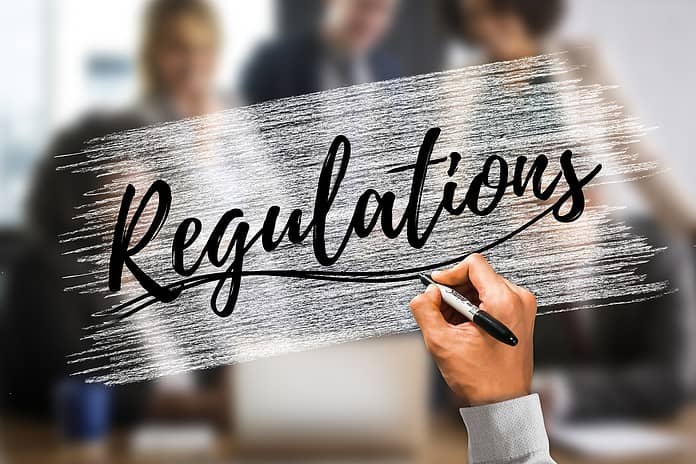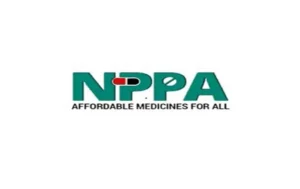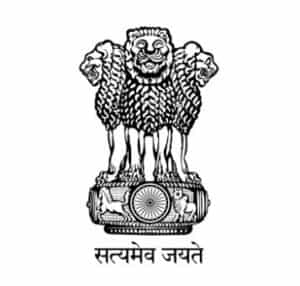Last Updated on October 15, 2024 by The Health Master
Homoeopathy
In the ever-evolving landscape of healthcare, the Union Ministry of Ayush is set to make significant amendments to the Drugs and Cosmetic Rules, 1945 with respect to homoeopathy regulations.
These changes are aimed at bringing about a paradigm shift in the homoeopathy sector, ensuring better manufacturing practices, and aligning regulations with the dynamic needs of the industry.
1. Introduction to the Draft Amendment
The Ministry’s draft amendment rule is a comprehensive effort to redefine and streamline regulations in the homoeopathy domain.
The proposed changes touch upon various aspects, from good manufacturing practices to licensing procedures, reflecting a commitment to quality and safety.
2. Incorporating Sowa Rigpa into the Regulatory Framework
An interesting addition to the principal rules is the inclusion of Sowa Rigpa alongside Ayurveda, Siddha, and Unani drugs.
This move showcases a holistic approach to traditional medicine, acknowledging the diversity and richness of healing practices.

3. Revamping Licensing for Homoeopathy Medicines
The draft introduces a revamped Rule 85D, emphasizing that a license for manufacturing homoeopathy medicines will only be issued after fulfilling the stringent requirements of Good Manufacturing Practices (GMP).
This underscores the Ministry’s dedication to ensuring the highest quality standards.
4. Application for GMP Certificate
A novel addition is Rule 85BB, focusing on the application for a certificate of Good Manufacturing Practices for Homoeopathy medicines manufacturing units.
This brings a structured approach, requiring adherence to specified premises and other requirements outlined in Schedule M1.
5. Fee Structure for Loan License Applicants
The proposed Rule 85BA outlines the application process for a loan license of manufacturing homoeopathy medicines.
With a clear fee structure – Rs. 2,000 for single ingredient medicines and Rs. 200 per product for combinations – the Ministry aims to streamline the approval process.
6. Transition for Existing License Holders
The draft addresses the concerns of existing license holders under Form 25D, ensuring a smooth transition to the new regulations.
This includes a one-time license retention fee and a clause for perpetual existing licenses.
7. Redefined Definition of Homoeopathy Medicines
The amendment brings a nuanced definition of homoeopathy medicines, emphasizing recorded provings and therapeutic efficacy.
Notably, the reference to the Homoeopathy Pharmacopoeia of India is now a key element, enhancing specificity.
8. Import of New Homoeopathy Medicines
The draft outlines revised requirements for importing new homoeopathy medicines, addressing combinations not specified in relevant pharmacopoeias.
The four-year consideration as a new homoeopathy medicine ensures a balance between innovation and regulatory control.
9. Increased Fees and Digital Transformation
A notable change is the substantial increase in fees for various applications, coupled with a push towards digitization through the e-Aushadhi portal.
This aligns with global trends and enhances efficiency in the regulatory process.
10. Timely Issuance of Sales and Distribution License
The draft sets a two-month timeframe for issuing sales and distribution licenses, providing clarity and efficiency in the approval process.
The perpetual validity, subject to periodic self-declarations, adds a layer of accountability.
11. Enhanced Oversight with Reminders
An innovative approach is the inclusion of reminders for self-declarations, enhancing oversight and ensuring compliance.
This proactive measure reflects a commitment to maintaining standards over the long term.
12. Addressing Renewal and Qualifications
The draft rules omit many clauses related to the renewal of approvals, emphasizing perpetual licenses subject to conditions.
Additionally, the qualifications of individuals running manufacturing facilities are elaborated, ensuring competence at every level.
13. Defining Medical Practitioners
The amendment provides detailed definitions for Registered Homoeopathy medical practitioners and expands definitions for practitioners in Ayurveda, Siddha, Sowa Rigpa, and Unani.
This clarity enhances the professionalism and accountability of healthcare providers.
14. Inclusion of Pharmacopoeias for Imports
An interesting move is the proposal to include the French Homoeopathy Pharmacopoeia and the European Pharmacopoeia in the standards for imports.
This aligns with global standards, promoting quality and consistency.
15. Looking Ahead: Future of Homoeopathy
In conclusion, the proposed amendments represent a pivotal moment in the evolution of homoeopathy regulations.
The Ministry’s forward-looking approach, coupled with an emphasis on quality, safety, and efficiency, sets the stage for a promising future for homoeopathy in India.
Disclaimer: This article contains information derived from the source mentioned below. Our team utilized an AI language model to rewrite and present the news or article in a unique format.
FAQs
- What is the significance of incorporating Sowa Rigpa into the regulatory framework?
- The inclusion signifies a holistic approach to traditional medicine, acknowledging the diversity and richness of healing practices.
- How does the draft address existing license holders under Form 25D?
- Existing license holders are provided a seamless transition with a one-time license retention fee, ensuring continuity.
- What is the impact of the redefined definition of Homoeopathy medicines?
- The redefined definition emphasizes recorded provings and therapeutic efficacy, enhancing specificity and adherence to standards.
- How does the draft promote digital transformation in the regulatory process?
- The draft encourages digitization through the e-Aushadhi portal, aligning with global trends and enhancing efficiency.
- What is the Ministry’s vision for the future of homoeopathy in India?
- The amendments reflect a forward-looking approach, emphasizing quality, safety, and efficiency, paving the way for a promising future.
Pharmacopoeia standards for Ayurveda, Siddha, Unani & Homoeopathy drugs: Soon
New study on the effectiveness of Homoeopathy Medicines
Procedure to obtain license for manufacturing of Homoeopathic Medicines
Unlocking Efficiency: Online Systems in Drug Regulation
Under Scrutiny: The Safety Evaluation of 3 Widely Used Pain, Cough and Cold Drugs
NPPA fixed retail price of 39 formulations: February 2024
NABL’s Extended Deadline for Accredited Laboratories
NPPA: Regulating New Drug Launches and Ensuring Compliance
Drug recall: Dextroamphetamine sulfate tablets recalled Due to this reason
FSSAI: Food Labelling and Display – Chapter-1
Laboratory Waste Management, Types and Its Disposal
How to Become a Skilled Manufacturing Chemist in the Pharma Industry
Investigation of Pharma Raw Materials worth Rs 44.5 Lakh Mystery
For informative videos by The Health Master, click on the below YouTube icon:
For informative videos on Medical Store / Pharmacy, click on the below YouTube icon:
For informative videos on the news regarding Pharma / Medical Devices / Cosmetics / Homoeopathy etc., click on the below YouTube icon:
For informative videos on consumer awareness, click on the below YouTube icon:












